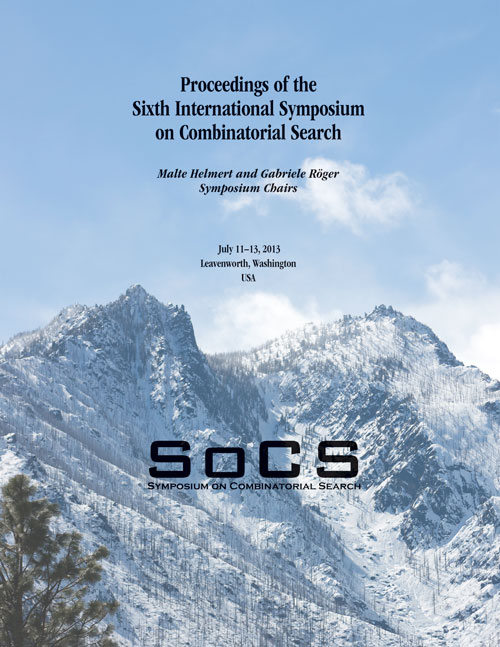Round-Based Public Transit Routing (Extended Abstract)
DOI:
https://doi.org/10.1609/socs.v4i1.18270Keywords:
Timetable Information, Public Transit, Shortest Paths, Multi-Criteria Optimization, Dynamic Programming, Multi-CoreAbstract
We study the problem of computing all Pareto-optimal journeys in a dynamic public transit network for two criteria: arrival time and number of transfers. Existing algorithms consider this as a graph problem, and solve it using variants of Dijkstra's algorithm. Unfortunately, this leads to either high query times or suboptimal solutions. We take a different approach. We introduce RAPTOR, our novel round-based public transit router. Unlike previous algorithms, it is not Dijkstra-based, looks at each route (such as a bus line) in the network at most once per round, and can be made even faster with simple pruning rules and parallelization using multiple cores. Because it does not rely on preprocessing, RAPTOR works in fully dynamic scenarios. Moreover, it can be easily extended to handle flexible departure times or arbitrary additional criteria, such as fare zones. When run on London's complex public transportation network, RAPTOR computes all Pareto-optimal journeys between two random locations an order of magnitude faster than previous approaches, which easily enables interactive applications. This is an extended abstract of the paper published at ALENEX 2012.

